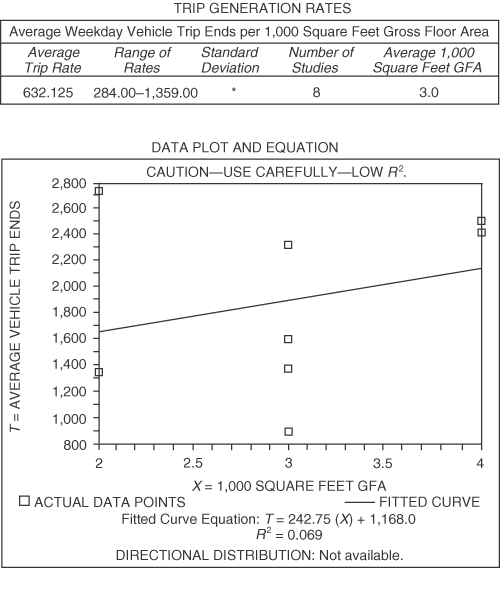Parking Mandates
A Brief History of Parking Mandates
Mandates Eliminated!
On November 2nd, 2023 Austin made the historic step of removing parking mandates and is now the largest city in the country to do so. This was only possible thanks to many advocates getting involved!Parking mandates (aka parking minimums) were first created in the 1950s as a measure to provide parking for America’s then fledgling car culture. However, according to the Bureau of Transportation Statistics (BTS), these mandates are based on limited and highly inaccurate data published in a report called “Parking Generation” by the Institute of Transportation Engineers (ITE). Data in this report is allowed to be based on sample sizes of just 4. This means that a “study” could observe 4 total car trips and be included as bona fide evidence of exactly how much parking an entire city needs. If you have an understanding of statistics you should read the rest of the BTS’s analysis on this subject because the methodology is much worse than this tiny sample size.
ITE presents 14 studies of trip generation at recreational land uses but says “No Plot or Equation AvailableInsufficient Data.” The trip generation rates in the 14 studies range from a high of 296 to a low of 0.066 trips per acre on a weekday: a ratio of 4,500 to 1. Given this wide range, reporting the average trip generation rate as precisely 3.635 trips per acre is clearly misleading.
“Truth in Transportation Planning” by Donald C. Shoup (Bureau of Transportation Statistics)

Institute of Transportation Engineers, Trip Generation, 4th edition (Washington, DC: 1987), p. 1,199. (via BTS)
The end result being that there are now an estimated 700 million to 2 billion parking spaces / (archive.ph mirror) per person in the US. We’ve built so much parking that nobody knows the true number. Put another way, at minimum, the US has between 2.1 and 6 parking spaces for every child under driving age.
Parking in Austin
17% of Downtown Austin is parking today. However the very good news is that parking mandates in Austin have recently been removed allowing for greater flexibility in how many parking spaces need to exist and allowing cities to reclaim parking spaces for human-centered, rather than car-centered uses. This, like many positive reforms, is due to the researchers, advocates, elected officials, city staff, and all those who worked to shed light on the parking issue our cities face.
While 17% of a city’s downtown core is certainly a huge amount, Austin performs better than Houston, Dallas, and San Antonio where, according to Axios, 25% of their downtowns are dedicated to storing cars. The national average is 20%!
Also worth keeping in mind that these rules do not eliminate parking, notably:
- Residential and Commercial buildings can still build the parking they believe they need
- Federal standards around parking accessibility for people with disabilities will still be kept
- We have a heck of a lot of parking already
- Austin’s Strategic Mobility Plan intends to have net no additional driving by 2039 by encouraging other forms of transportation for short distances
🚲
50% of trips in the US are 3 miles or less. As long as the infrastructure is there this is a quick 10 to 15 minute ride on an e-Bike or manual bike. Learn more about the benefits of biking, the city’s plans, and e-Bike discounts in our article on biking.Impacts of Parking Mandates
- Large added expense to housing costs: According to Austin’s Housing & Planning department each parking spot in Austin adds $200/month to rent and $20,000-$60,000 per space in parking structures. These significant yet hidden costs add to displacement pressure in our cities, contributing to the further pricing out of people.
- Creation of heat islands: As anyone who’s had the displeasure of walking across a shopping mall during Texas’ high heat can tell you, asphalt holds a lot of heat and can reach surface temperatures as high as 180 degrees. They then release this heat at night, creating summers that are perpetually hot no matter the hour.
It only takes just a fraction of a second to suffer a pretty serious burn. Asphalt and concrete in direct sunlight can often reach surface temperatures as high as 82 Celsius (180 Fahrenheit) on the hottest days, said Dr. Kevin Foster, who directs the Arizona Burn Center in Phoenix.
– Dr. Kevin Foster, US News, “How Concrete, Asphalt and Urban Heat Islands Add to the Misery of Heat Waves”